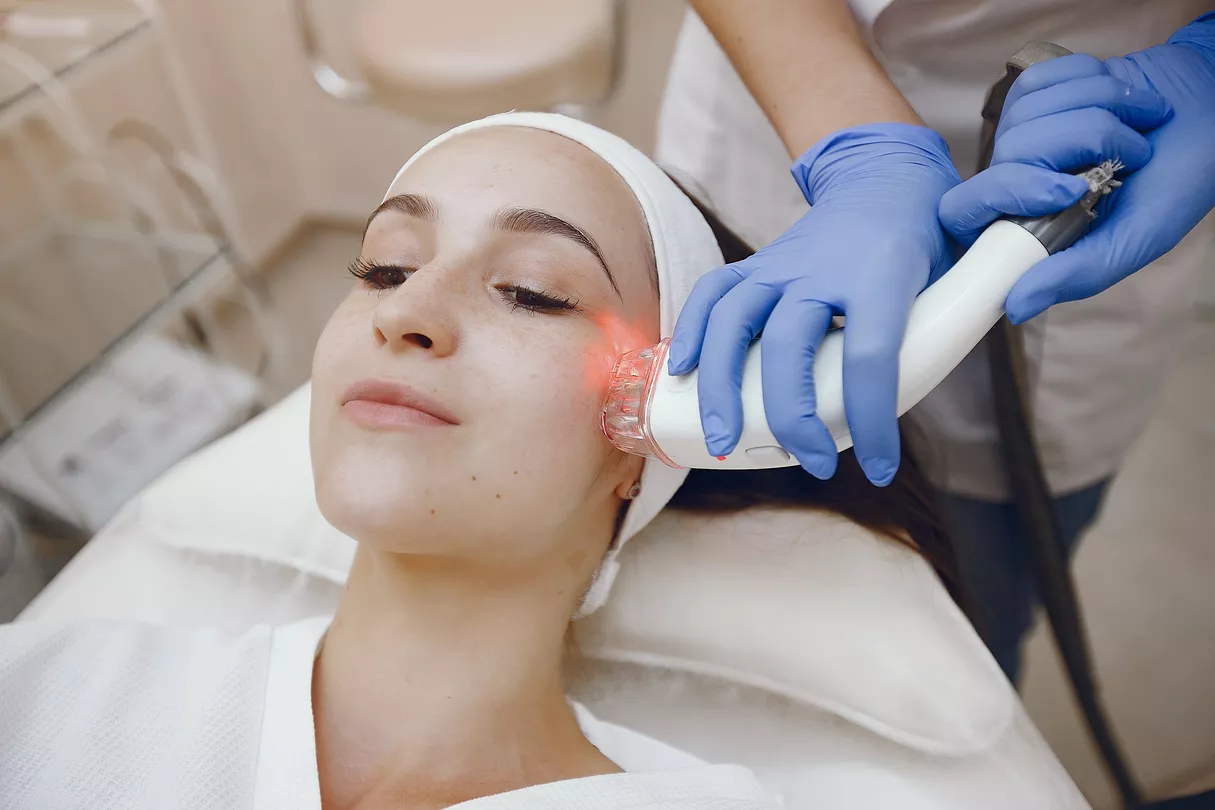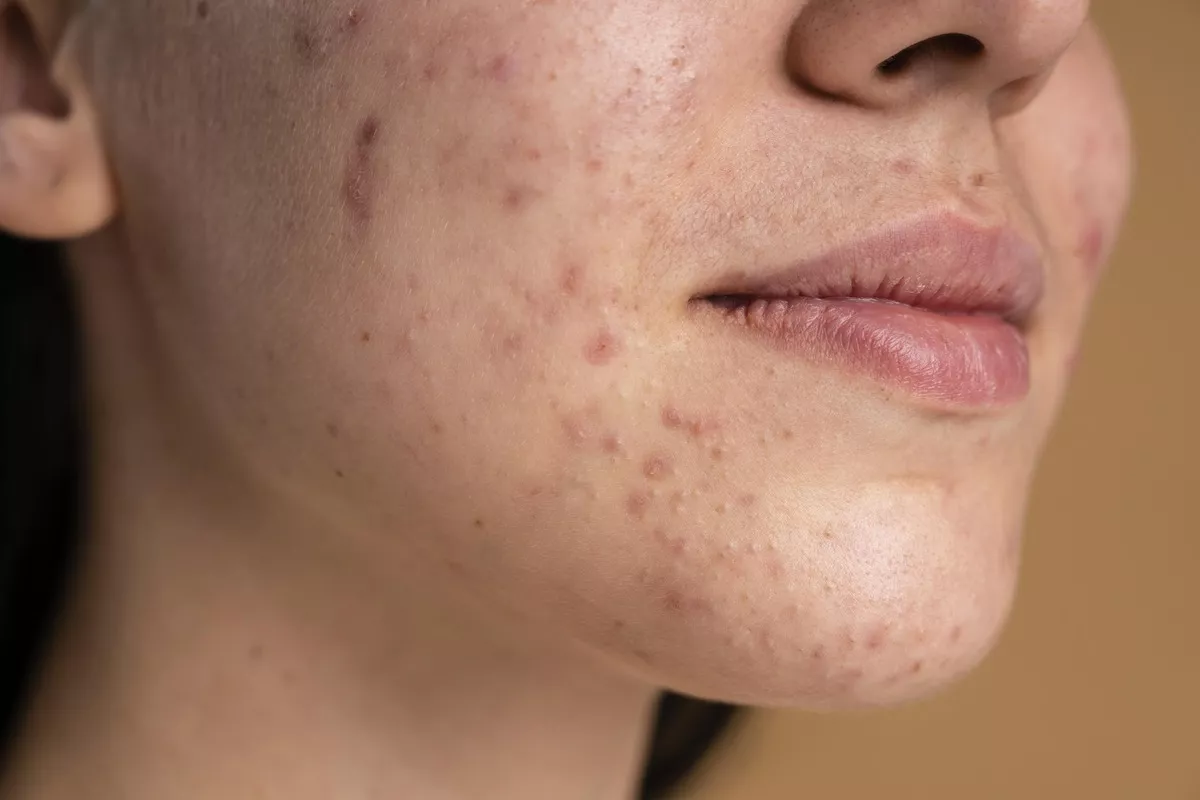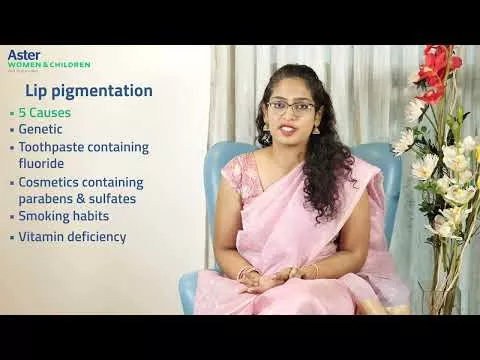What is Laser Skin Resurfacing
Facial rejuvenation is a continuously developing area and offers an array of available techniques. One such technique is laser skin resurfacing, an excellent nonsurgical procedure that improves texture, tone, and overall radiance. The procedure has gained immense popularity due to the versatile way it corrects a wide range of skin concerns; for that reason, it works perfectly for patients of any age and with any skin type. Below, we discuss how laser skin resurfacing is a facial rejuvenation tool that can change the face, including its benefits, types, and what to expect from the procedure.
Understanding Laser Skin Resurfacing
Laser resurfacing is a cosmetic procedure for rejuvenating skin. Dermatologists or plastic surgeons remove layers of skin with a laser, stimulating the growth of new skin cells and collagen. Consequently, one's fine lines, wrinkles, age spots, and scars can be diminished, resulting in smooth, young-looking skin. The human eye clearly identifies or connects smooth skin with youth, often subconsciously; therefore, skin texture is an essential factor in a youthful appearance.
Types of Laser Treatments
There are two principal types of skin-resurfacing lasers: ablative and non-ablative.
1. Ablative Lasers:
- CO2 Lasers: CO2 lasers are used in treating deep wrinkles, scars, and warts by vaporizing the top layer of the skin; these lasers provide much more significant improvement, though with more downtime.
- Erbium Lasers: These, too, are ablative but usually cause fewer side effects and are used to treat fine lines and wrinkles.
2. Non-Ablative Lasers:
- PicoSure: It penetrates well into the skin but with minimal surface damage, thus allowing for significantly reduced downtime.
- 1540nm and Clear + Brilliant: Of lower intensity than ablative lasers, they also help improve skin texture.
Choosing the Right Provider
Choosing the right provider is vital for the best results in this procedure. A board-certified plastic surgeon or dermatologist experienced in the full scope of laser procedures can best evaluate and suggest the appropriate laser procedure for optimal results in a patient's skin type and aesthetic goals.
Advantages of Laser Skin Resurfacing
- Versatility and Customization: One of the best advantages of laser skin resurfacing is its versatility. Various laser treatments are pertinent to almost all skin concerns or types, making it a very adjustable procedure. Be it an early 20s-year-old trying to address acne scars or a 50-year-old trying to reduce sun damage and fine lines, there is a suitable laser treatment for you.
- Improvement in Skin Texture and Tone: Laser resurfacing can improve skin texture: it smooths out roughness and uneven skin tone, giving it a more radiant and youthful look. The procedure can also be helpful in the treatment of hyperpigmentation, melasma, and redness to comprehensively solve a series of skin problems.
- Collagen Production Stimulation: Collagen forms one of the critical proteins in giving the skin its structure and elasticity. Reduced production with aging causes skin sagging and wrinkling. Laser treatments stimulate new collagen production to help firm up the skin and reduce the appearance of fine lines.
- Long-Lasting Results: In conclusion, while it cannot replicate the effect of a facelift, the improvement in the appearance of the skin achieved by laser skin resurfacing is considerable and can last for many years. In some cases, such as scarring, these effects may be permanent. For signs of aging, however, maintenance treatments are likely required to maintain the impact of looking young.
What Happens During and After the Procedure
The Procedure:
Before conducting a laser resurfacing procedure, you will first need to go through a medical examination to ensure safety. Such sessions will take at least thirty minutes and up to two hours for each treatment area. Most of the time, anesthesia would be required to lessen the discomfort experienced; the type of anesthesia used depends on the size of the area being treated.
During treatment, the laser is targeted to the skin to get certain cells in the skin for removal and stimulate their growth again. The area is then bandaged with a protective bandage.
Recovery and Aftercare:
Post-procedure care is essential for best results and in the reduction of complications. Directly after your treatment, your skin might feel sensitive, swollen, and sore. This may last for a few days, and it is essential to follow what your provider told you regarding aftercare and this may include:
- Cooling with ice packs for swelling reduction.
- Keeping the head elevated.
- Apply petroleum jelly to shield the skin.
- Avoid sun exposure and use sunscreen with SPF 30 or higher.
Managing Expectations
Although laser skin resurfacing can provide dramatic changes, it is also important to keep realistic expectations. It may reduce the appearance of age spots, fine lines, and scars but not improve more severe skin laxity or deep wrinkles, which will need a surgical lift like a facelift.
Potential Risks and Side Effects
As with any cosmetic procedure, laser skin resurfacing has risks and potential side effects.
- Temporary Side Effects: Redness, swelling, itching, and soreness are typical immediately after the procedure.
- Increased Sensitivity to Sun: Treated skin will be more vulnerable to UV damage, hence the need for very careful sun protection.
- Infection Risk: This can be minimized with the correct aftercare, but symptoms such as fever, pus, or intense pain can mean an infection is developing.
- Hyperpigmentation: People with darker skin tones can have uneven skin tones if not treated carefully.
Conclusion
Laser resurfacing is a potent tool in facial rejuvenation with a nonsurgical approach to various skin concerns. Its ability to restore normal skin texture and tone towards a rather universally admired general appearance excites those who are uncomfortable about their complexions but desire a radiantly youthful one. In all, the treatment gives significant, long-lasting results once an experienced provider is sought and proper aftercare is adhered to. Whether you are looking to address early signs of aging or boost your skin's vibrancy, laser skin resurfacing is a transformational add-on to your skincare routine.












